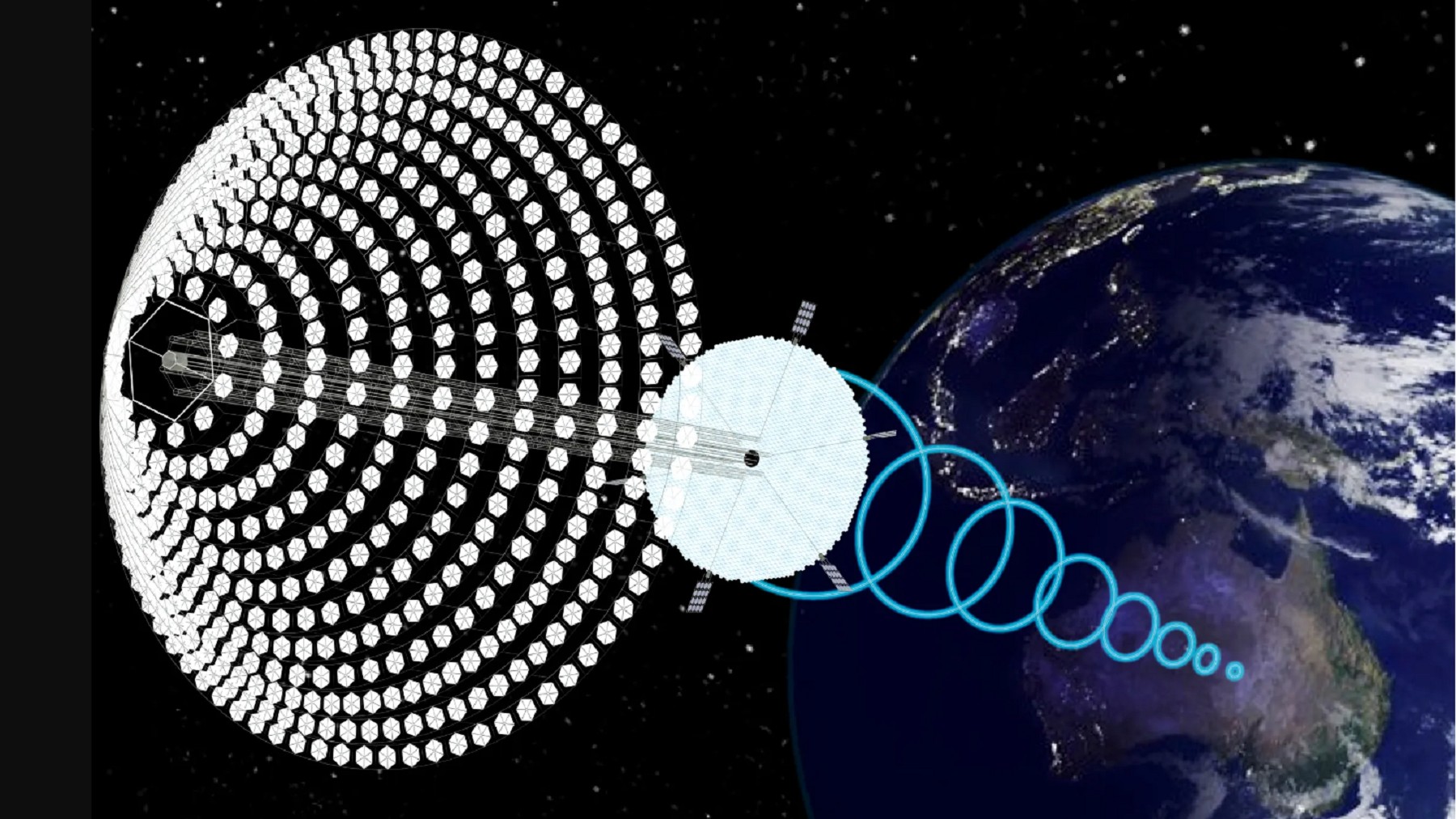Mankind is getting closer to the impossible project: placing this in space to produce energy – ECOticias
Humanity has just reached a historic milestone that calls into question everything we have achieved so far. When we had developed the most enormous photovoltaic parks ever seen (some of them, not in America), a new way of obtaining energy arrived. They will put this in space, and it will “absorb” the Sun as no other invention has ever done.
Futuristic project to produce energy from space: NASA could change everything
NASA is already on the verge of physically advancing space-based solar power, a technology that could reshape the world as we know it and dramatically alter the way we shape our energy consumption. Please don’t get your hopes up, though, because we’re not talking about a Dyson sphere but something similar and futuristic.
The space agency has studied the possibilities and effects of harnessing electricity from space using the Sun and transmitting it to the Earth. If operated continuously and with increased capacity, this method could help meet energy demands in off-grid areas and reduce carbon footprint.
Space-based power, especially solar power, is by no means an idea that was/is being conceived today. Scientists have proposed it for years, and recently, the technology has made major leaps toward reality. The effectiveness of the EM drive was proven, but when?
In 2015, the Japan Aerospace Exploration Agency, or JAXA, launched an experiment to transmit microwaves across much of the Earth’s surface. It has also brought the interrogation of kink as a crucial next area of research and development.
Can space-based solar panels be natural? This is how they want to achieve the impossible.
NASA’s report does not contain an investigative aspect, but it highlights SSP as a method to augment terrestrial power transmission networks. The agency dissected the life-cycle cost of two design-space-based solar power systems and determined that they can still match the later objectives of space-driven technology.
One thing that has proved challenging to overcome is the escalated expenses of its launch and construction in space. In its report, NASA found that launch expenses are a challenge with current space-based solar power technologies, proposing lower launch costs and more efficient solar panels.
Moreover, the agency is also considering using space tugs to move hardware from low Earth orbit to geosynchronous orbit to cut the emplacement cost further. It would be something like Elon Musk’s constellation of satellites, which, after all, you have already seen was not an eccentricity.
Neither science fiction nor absurd invention: why we need to produce power in space
In addition to the above reasons, the possibility of using power from space-based space-based solar power systems has the following advantages. It could help give a steady and reliable power source to locations that are hard to reach or reach in extreme conditions, like a military camp or a disaster zone.
It could also be effective in reducing global carbon emissions, especially if the energy is sourced from renewable sources such as solar, wind, or hydropower. NASA, for its part, is down to assisting SSP (Space-Based Solar Power) in becoming economically feasible with cost-effective clean energy harnessed from space.
We could define this invention in many ways, from an artificial Moon (satellites are for) to a space station (that’s what the ISS is for). However, putting solar panels in orbit to generate energy above our atmosphere is a milestone that puts humanity several decades ahead in ecological transition, not only in sustainable mobility, as we saw this morning.


